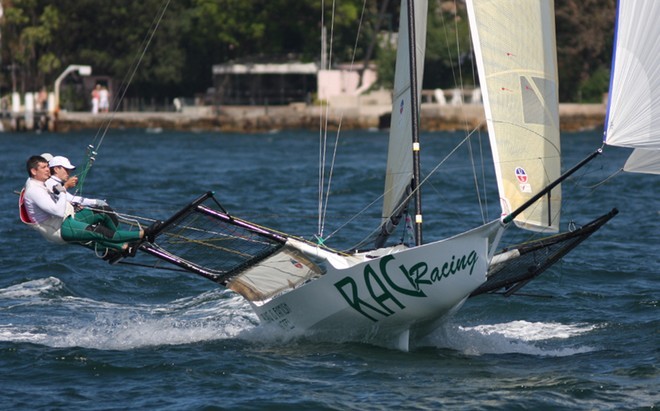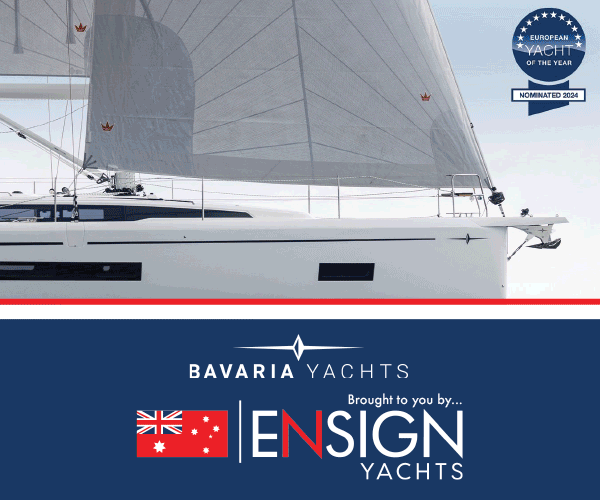How DOES a sailboat go faster than the wind?
by Des Ryan on 2 Mar 2009

18ft Skiff - faster than the wind Frank Quealey /Australian 18 Footers League
http://www.18footers.com.au
One of the intriguing aspects of sailing is that a sailing boat can actually sail faster than the wind, given the right conditions. While even a novice sailor soons learns that this is possible, many a very experienced sailor can't really explain the physics of it.
If this applies to you, then read on:
Sailing ABC's:
The fundamental principle of sailing is quite simple: the sails catch part of the wind, send that energy down to the hull, and this drives the vessel forward. But in practice, it’s far more complex a process. Effective sailing is all about how well the sailor balances three basic forces that act on a sailboat as it moves forward. First there is the driving force, caused by the wind flowing across the sail; constant trimming of the sails is required to maintain the small angle to the wind and make the best use of this force. Working against the driving force are the sideways force and the heeling force. The key is to find the ideal trim for the sails to maximize the driving force while minimizing the sideways and heeling forces. The best way to do this is to let the sail out so it flaps in the wind, then pull it back in until it only just stops to flap and generate the perfect drive.
Forces Face Off:
The sideways force results because the wind pressing into the sail doesn’t just spread in the forward direction, but also off to the side; the faster the boat is moving, the smaller the sideways force. The same force that the wind presses into the sale also gives rise to the heeling force, acting upon the hull to heel the boat. The boat’s keel and the weight of the load serve to counter the heeling force and prevent the boat from capsizing, especially during challenging upwind manoeuvres.
Outracing the Wind:
Lots of boats can sail faster than the wind -especially 18-foot skiffs. Ask a skiff sailor how, and he'll say that these boats are so fast that they make their own wind. This is true.
But ask a physicist, and she'll say that it's just a question of vectors and relative velocities. Downwind is easy. If the wind is 10 knots, and the boat makes 6 knots in the same direction, then the crew feels a wind of 4 knots coming over the stern of the boat. The true wind equals the speed of the boat plus the relative wind. As the boat speed approaches the wind speed, the relative wind drops towards zero and so there is no force on the sail. So you can't go faster than the wind.
When the wind is at an angle, we have to add vectors representing these velocities. The faster that the boat goes, the greater the relative wind, the more force there is on the sails, so the greater the force dragging the boat forwards. So the boat accelerates until the drag from the water balances the forward component of the force from the sails.
If you want to link to this article then please use this URL: www.sail-world.com/54408

